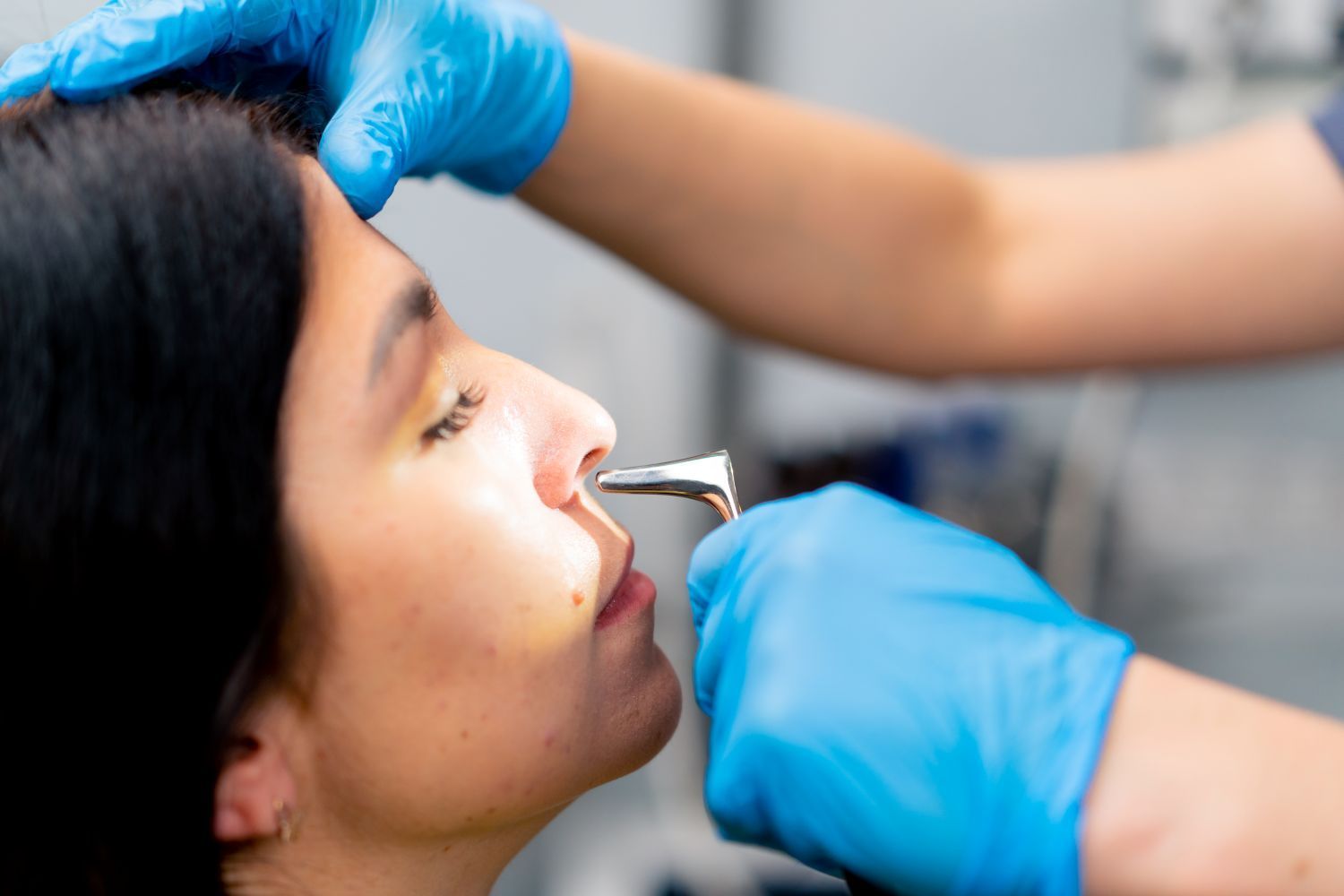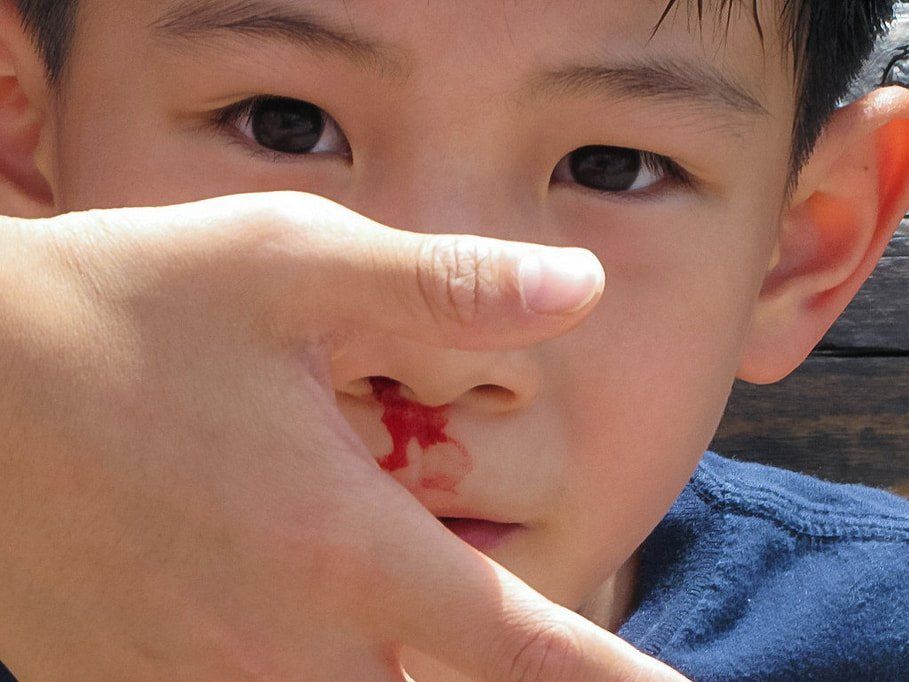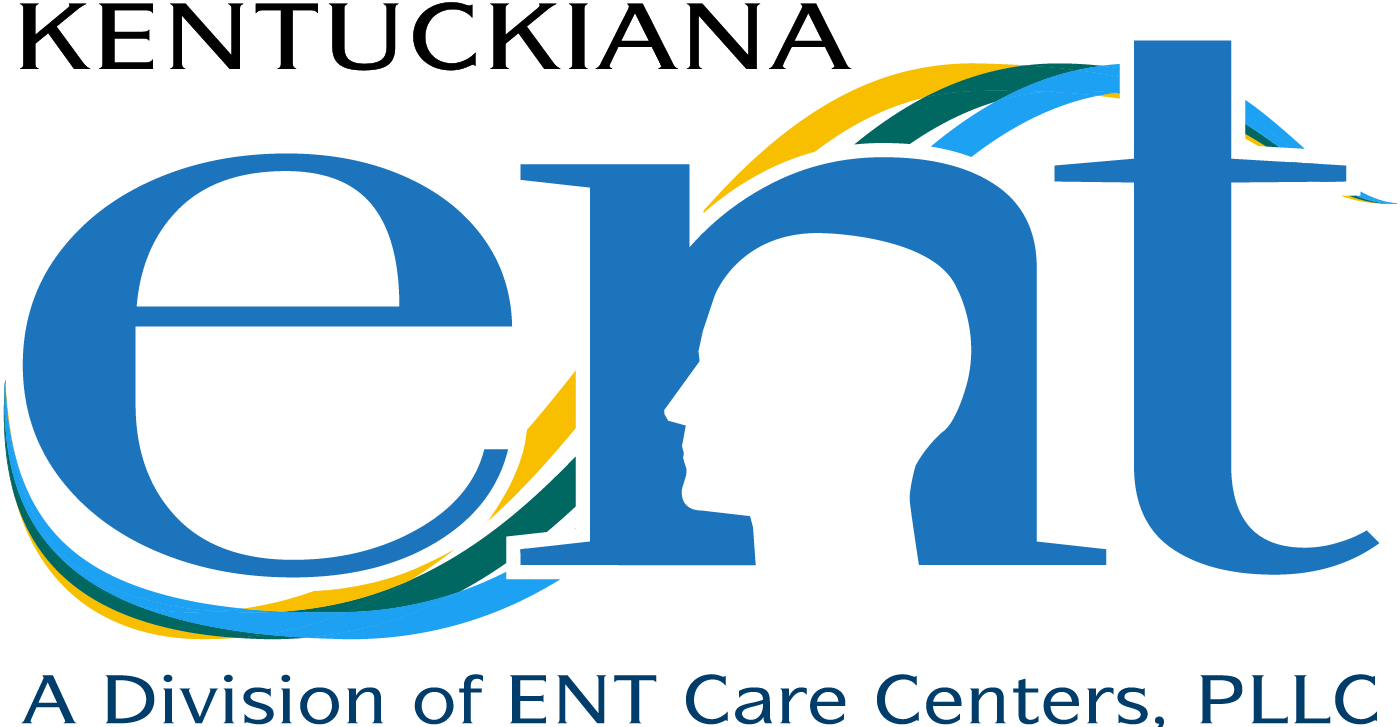Do You Need Treatment for a Tear Duct Obstruction?
Your tears drain through a tiny opening in the corner of your eyes that connects to your facial bones and your nose. After draining through the opening, they pass through your nose, and your body eventually absorbs and disposes of them.
However, sometimes, the nasal passageways through which your tears drain can be blocked. When you have a clogged tear duct, your tears will stay in your eyes, leading to watery, itchy, and irritated eyes.
Depending on the cause of the obstruction, you might need to undergo treatment to effectively remove the blockage. There are
various ways to treat tear duct obstruction, such as:
Medication
If your doctor suspects an infection is causing an obstruction, they may prescribe antibiotic eyedrops or pills to help clear the passageways.
Dilation, Flushing, and Probing
This is a procedure where your doctor enlarges the openings at the corners of your eyes and inserts a dilation instrument or a small probe into the tear duct. The probe helps to irrigate or flush out the tear duct, thus providing temporary relief to the patient.
Intubation or Stenting
During this procedure, your doctor inserts a small, hollow tube called a stent into your tear ducts. These tubes pass through your tear ducts and into your nose, allowing your tears to drain properly.
The tubes are usually made of silicone or polyurethane and are left in place for about three to four months. You will even be able to see a small portion of the tube in the corners of your eyes.
This procedure is performed using general anesthesia, and one of its possible complications is inflammation caused by the presence of the tube.
Sinus Surgery and Septoplasty Surgery
Sometimes the tear duct is clogged from inside the nose. The opening of the nasolacrimal duct is in the nose, just under the inferior turbinate. The structures of the nose and sinuses or inflammation from sinusitis or nasal polyps can contribute to blockage of the tear duct, leading to excess tearing. Sinus surgery or surgically correcting anatomic issues of the nose can help in relieve your excessive tearing (epiphora).
Dacryocystorhinostomy
When other less-invasive treatments don’t help clear the obstructions, your doctor might suggest surgical options to remove them. A dacryocystorhinostomy (DCR) is an outpatient surgical procedure that creates a new route that helps drain your tears into your nose.
During this procedure, your surgeon makes an incision on the side of your nose, close to your lacrimal sac, and connects it to your nasal cavity by placing a stent in the passageway. Endoscopic techniques can be performed without the need of external incisions. Often, a stent is placed to hold the new route open and ensure that your tears drain effectively. Your surgeon will remove the stents in three to four months.
Talk to a trusted rhinologist about whether you need to undergo treatment for obstructed tear ducts. A sinus specialist like
Dr. Thomas S. Higgins, MD, MSPH, will be able to provide an accurate diagnosis of your condition and determine a suitable treatment plan for you. Dr. Higgins is a fellowship-trained sinus surgeon and rhinologist who runs the premier sinus clinic in Louisville, Kentucky. You can call him at 502-894-8441 or
contact him online!
Thomas S. Higgins, MD, MSPH
Father. Husband. Sinusitis Nerd.















